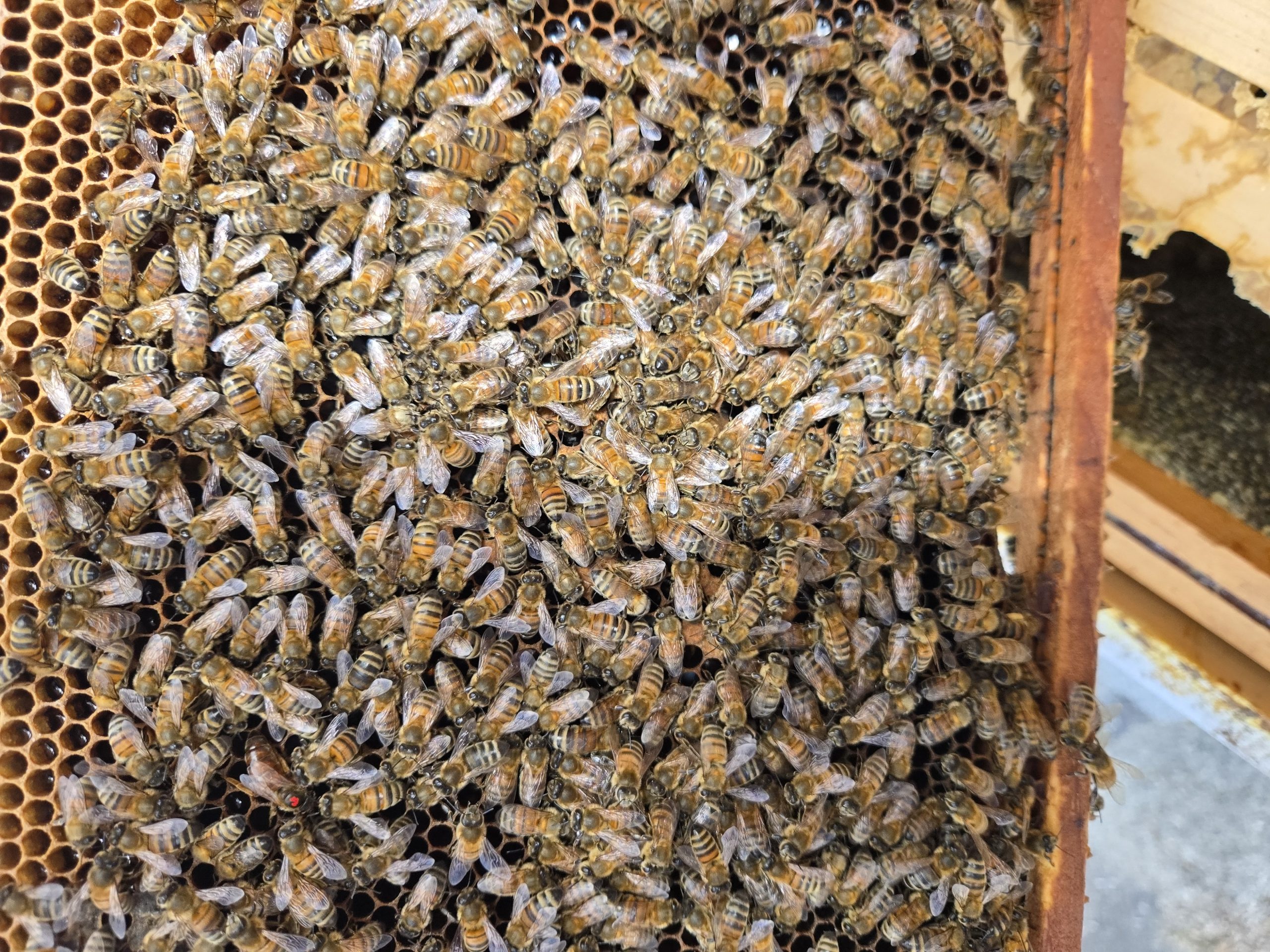Bees are incredibly social insects that rely on complex communication to maintain their colonies. One of the most fascinating forms of communication in the bee world is the waggle dance, a behavior that was first discovered by researcher Karl von Frisch in the 1940s. This unique movement allows bees to share critical information about food sources with their hive mates.
When a foraging bee discovers a food source, it returns to the hive and performs the waggle dance on the comb. The dance consists of a figure-eight pattern, with the bee waggling its body during the straight portion of the path. The angle of the waggle in relation to the sun’s position conveys the direction of the food source, while the duration of the waggle indicates the distance. The longer the waggle, the farther away the source is.
This intricate dance is not only an impressive display of coordination but also a vital part of the bees’ survival. It allows the hive to efficiently gather food, ensuring the colony’s health and growth. Through this communication, bees can alert others to the exact location of nectar, pollen, or water, making the entire colony more efficient in its foraging efforts.
The waggle dance also highlights the bees’ ability to perceive the environment in ways that humans cannot. Their keen sense of direction, the use of the sun for navigation, and their ability to interpret the Earth’s magnetic field all come into play during this behavior. This complex form of communication reveals the intelligence and adaptability of bees, reinforcing their role as crucial pollinators in ecosystems worldwide.
In conclusion, the waggle dance is a remarkable demonstration of the bees’ collective intelligence. It not only illustrates their ability to communicate precise information but also their sophisticated understanding of the world around them. This behavior, while fascinating, is just one example of the intricate social systems that support bee colonies and highlight their essential role in nature.

